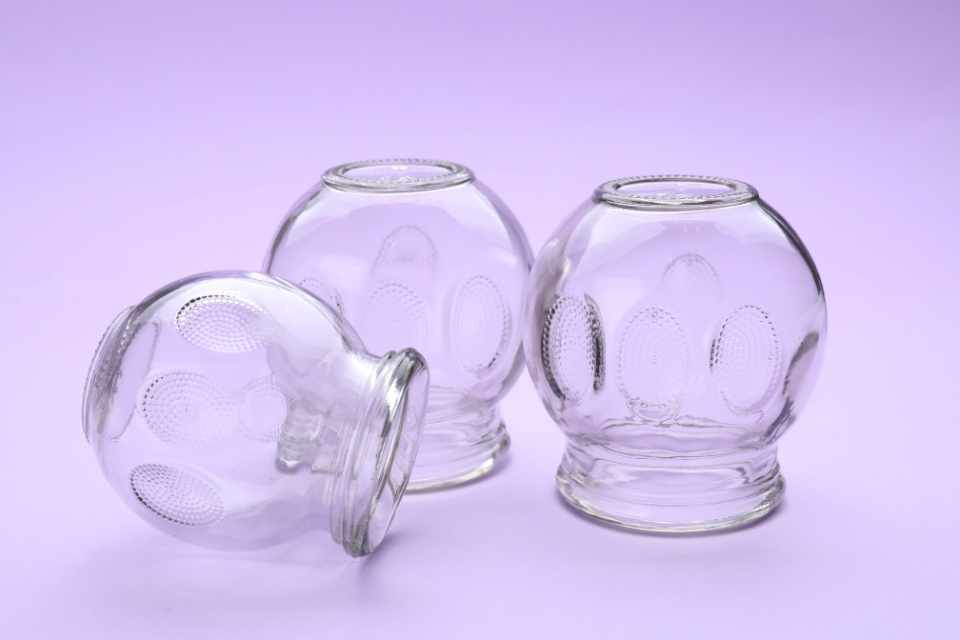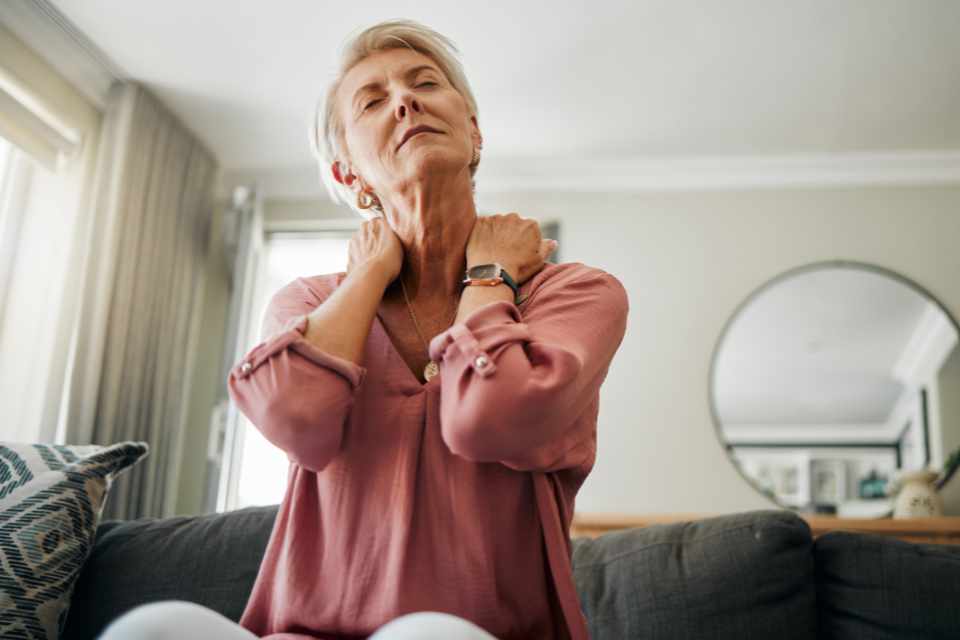This is the third article in a series of posts about complementary therapies for chronic pain conditions. See the research in this review in the British Medical Journal.
Read the first two posts of the series here:
Which therapies for chronic pain?
Which therapy – chronic pain and rheumatoid arthritis
This third article is about the efficacy of complementary therapies for chronic low back pain. This type of pain is also known as lumbago. This is the most common painful musculoskeletal condition. Lumbago has many causes but few therapies with much scientific evidence of effectiveness.
Lumbago is not usually the result of any serious health issue. Sprains and strains are often to blame. Even so, the pain can be disabling and limit the ability to work. This situation might last weeks or sometimes months without treatment. Add to that the possible sleep loss due to pain, causing greater pain sensitivity and we have a vicious cycle.
Some people turn to over-the-counter medications. But there might be reasons to avoid these. So what about alternative therapies?
The BMJ review mentions several possible therapies for chronic low back pain. Including acupuncture, cupping, herbal medicine, and mind-body practices such as yoga and meditation.
Acupuncture and pain
The World Health Organisation supports the use of acupuncture for low back pain. Saying it as a cost-effective treatment with low risk of adverse effects. In fact, according to the BMJ review, acupuncture is one of the most popular therapies for this type of chronic pain. With researchers finding several studies that support the use of acupuncture for lumbago.
For instance, in one of these studies, acupuncture plus physical therapy was better than physical therapy alone. Reducing pain intensity, pain-related disability and psychological distress.
In another trial, people receiving acupuncture reported a significant improvement in pain and function. Plus they were able to increase their number of workdays in comparison with a control group.
Acupuncture vs. sham acupuncture
Comparing acupuncture treatment with sham acupuncture the review found much less psychological distress with acupuncture treatment. Whilst in another study, in comparison to sham acupuncture, acupuncture treatment lowered pain intensity.
As an aside, it is very difficult to provide an authentic sham (or fake) acupuncture treatment. This is because it is difficult to fake needle insertion. Acupuncture involves the insertion of very fine needles at specific acupuncture points in the skin. So, a sham acupuncture treatment either does not involve needle insertion at all. Or the needles are not inserted at the correct points.
Yet, without needle insertion, the patient does not experience the sensation of deqi. This is the sensation felt during acupuncture. Researchers admit the sensation of deqi is necessary for treatment efficacy. Of course, if the patient realises they are not having acupuncture then we can’t really make a true comparison.
Yet, if the needles are inserted, but not at the correct acupuncture points, they can still have an effect. So neither of these scenarios offers an ideal solution.
Types of acupuncture
The review also mentions pain relief by several other types of acupuncture. Such as scalp acupuncture, laser acupuncture, auricular acupuncture and electroacupuncture.
Researchers compared manual and electroacupuncture treatments against control. Participants had one treatment per week, for eight weeks and both types of acupuncture gave a significant reduction compared to the control group.
Research suggests that several factors may influence the efficacy and outcome of acupuncture treatment. These factors include:
- the method of needling
- the acupuncture points selected and needled
- the duration of the acupuncture treatment
In one study, in the BMJ review, different treatment times were compared. Both 30 minute and 45 minute acupuncture treatments were more effective than 15 minute treatments. Though there was no advantage in increasing the treatment time from 30 minutes to 45 minutes. Suggesting that acupuncture treatments are probably more effective at 30 minutes or longer.
Cupping
Cupping therapy is often an adjunct treatment for acupuncture or massage therapy. It is an ancient technique in which suction is applied to areas of the skin using special cups. The suction produced boosts circulation in the tissues and this can help to reduce joint and muscle pain. The BMJ review discusses cupping as a separate therapy and found three trials of wet cupping for back pain. Overall the results were inconclusive. But, one found cupping better than medication for reducing pain. While a second trial found cupping therapy better than the patient’s usual care.
Mind-body medicine
The review suggests evidence for mindfulness meditation was inconclusive for pain reduction. However, one study compared mindfulness with cognitive behaviour therapy with the patient’s usual care. In this study, 50% of the patients attended at least six of eight treatment sessions. Both treatment groups had more improvement in back pain and function at six and twelve months, compared to usual care.
Yoga
Yoga is a popular approach to help manage back pain. So, the BMJ review includes several studies. These are mostly over a twelve-week treatment period. Overall these studies provide strong evidence that regular yoga practice reduces pain and improves function.
The review includes a useful comparison of yoga with other types of exercise. There was no difference in function at three to twelve months, but there was less low back pain with yoga.
This is supported by a 2017 Cochrane review on yoga for chronic non-specific low back pain. This research showed at least some evidence that yoga provides improvements in function and pain, compared to doing no exercise.
Tai Chi and Qigong
Tai Chi and Qigong are forms of exercise that can be included in mind-body medicine. They are often confused but have some differences. However, both can include some form of meditative motion. In studies, Tai Chi provides a large improvement in fibromyalgia pain. However, researchers suggest there is less evidence for either Tai Chi or Qigong in chronic low back pain. Having said that, a trial involving 18 sessions of Tai Chi over ten weeks, improved function and slightly reduced back pain. Whilst a second trial of patients with low back pain, doing twelve sessions of Qigong over three months, had comparable pain relief to those doing other exercises.
In a more recent trial of adults with an average age of 73, both qigong and yoga have a similar benefit.
Alexander technique
The Alexander technique teaches people how to change poor habits of posture or movement. Although it seems a physical therapy the technique actually involves the unity of body and mind. The review mentions a large study comparing the Alexander technique to massage, or to patient’s usual care. Patients in the Alexander technique group received either 6 or 24 Alexander technique lessons. Plus half of each group were also given an exercise prescription. Researchers found people receiving 24 sessions of Alexander technique plus exercise had the most benefit on function and pain relief. Whilst 6 lessons of Alexander technique followed by exercise was nearly as effective as 24 lessons. So, the combined approach was the most beneficial.
Diet
There is a well-accepted association between obesity and low back pain. Having a higher BMI is linked to higher pain intensity and more disability. The review includes a discussion of a small preliminary study of obese patients with a mean BMI of 45 (extremely obese) eating a calorie-restricted diet, over six months. This weight loss program led to significant weight loss, less back pain and more function, that remained at twelve months.
Herbal medicine and chronic back pain
The BMJ review mentions the herbs Capsicum and Devil’s Claw in relation to chronic back pain. In all the studies of capsicum, either as capsicum cream or plaster, the herbal remedy was more beneficial than a placebo. Whilst three poor methodology trials using Devil’s Claw also reduced pain more than placebo. Leading researchers to suggest that only weak evidence for these herbal medicines exists.
However, in a 2016 Cochrane review discusses several more herbal remedies. Again, the authors conclude that Capsicum has a greater benefit than placebo. Whilst Devil’s Claw, White Willow bark, comfrey ointment, Brazilian arnica and lavender essential oil also seem to reduce pain more than placebo. Though researchers also mention the poor quality of the studies and emphasise that the effect of the remedies may only be in the short term.
In conclusion, from the BMJ review, it appears that several complementary therapies have at least some evidence of efficacy, with a low risk of adverse effects.
Other articles
If you enjoy this article you might like to read the next post in the series, which will discuss complementary therapies for chronic neck pain. Sign up for my newsletter to ensure you receive updates to your inbox.
Read the next and last post in this series:
Complementary Therapies for Chronic Neck Pain








0 Comments